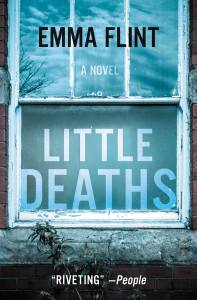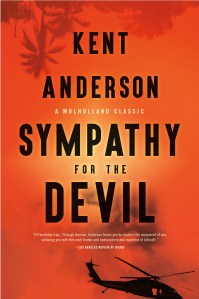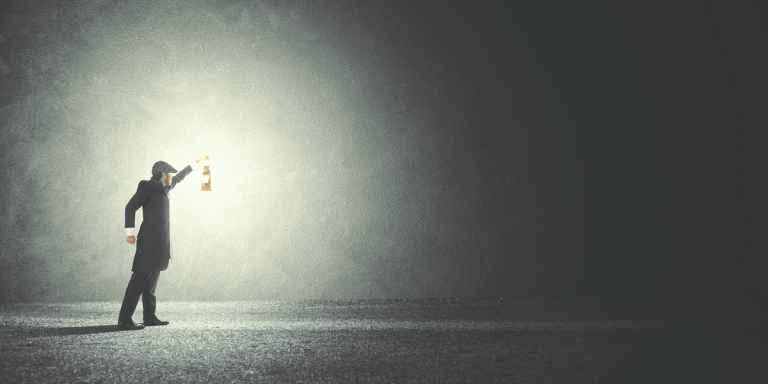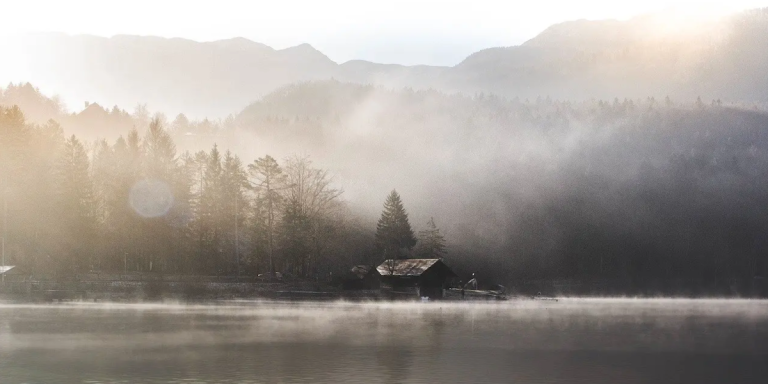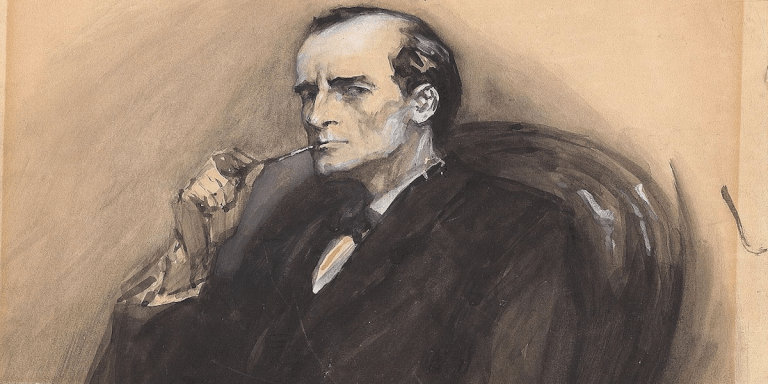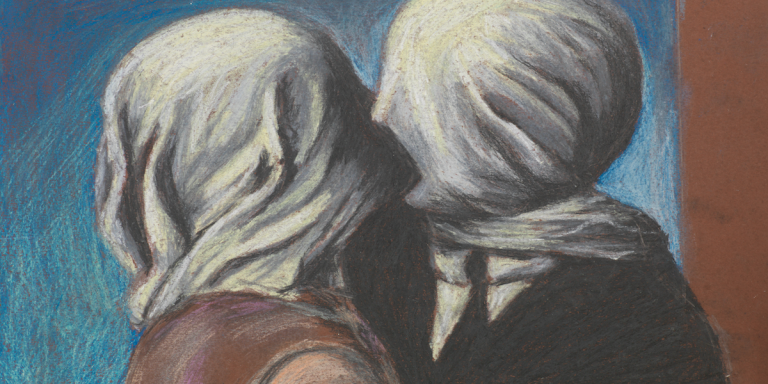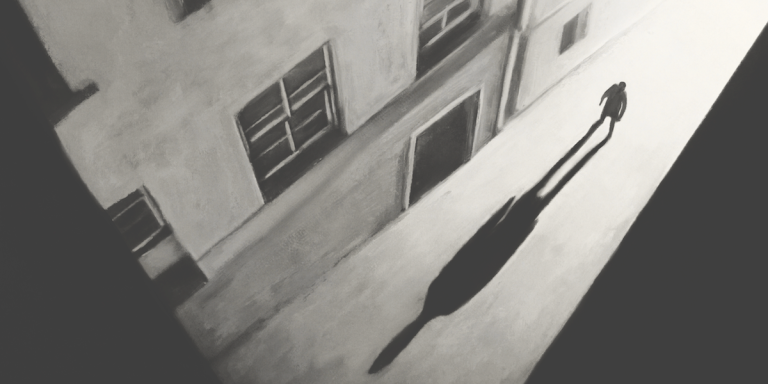The Intoxicating World of Noir Fiction
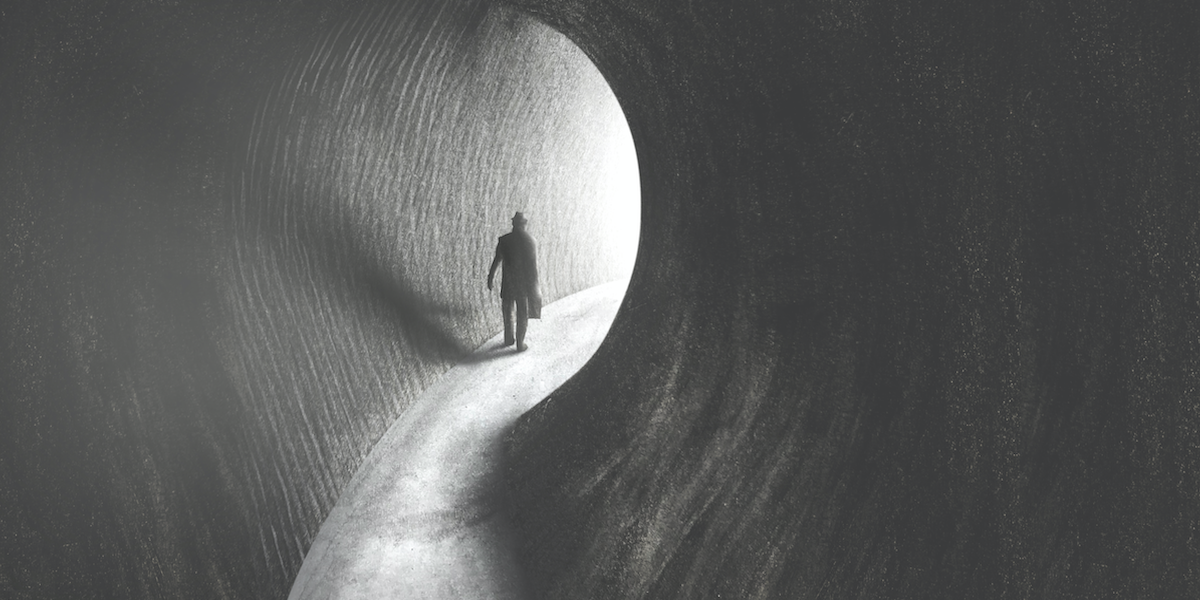
What is noir fiction? Because noir is more about a feeling than defining traits, and because the scope of noir fiction is ever expanding, a good definition of the genre can be hard to nail down. But the origins of noir fiction are clear and are a fascinating example of how art inspires art, which inspires more art. In this case, film noir is a crime movie genre inspired by hard-boiled detective fiction. And from film noir, noir fiction was born. Film noir started out with film adaptations of hard-boiled detective fiction classics, such as The Maltese Falcon.
Taken from the French word noir, meaning “darkness” or “of the night,” film noir is defined by its dark themes, general pessimism about the world, and characters who are seriously flawed and morally questionable. Noir fiction aligns more closely to film noir than it does to its literary predecessor because of its moral ambiguity. Unlike the protagonists in hard-boiled fiction, who are often driving to do the right thing even when the world around them seems bleak and unforgiving, the protagonists of noir fiction fall victim to the bleak and unforgiving world around them. One of the most quintessential examples of noir fiction is The Black Dahlia by James Ellroy. This novel contains many of the noir elements that have become mainstays of the genre. Like many noir stories, this book is based in part on true events. The setting is a dark and corrupt city. The protagonists are two men with flaws and complex emotional baggage. And both men start to decline and become corrupted by the crime around them as they go further into the details of the case they’re investigating. The dark world of noir fiction rose in popularity in the 1940s after the Depression and World War II. Readers were disillusioned and no longer believed in clean, happy endings. It became clear that not every crime could be neatly solved, and not every hero could be squeaky clean, and noir fiction reflected that reality for readers. For similar reasons, there was a resurgence of noir fiction in the 1970s, when America was once again in a tumultuous moment in history: the Watergate scandal and the Vietnam War.
The classic noir crime book, much like the hardboiled crime fiction that came before it, was also hyper-masculine, often in a heavily performative way. Women characters were traditionally just victims or pawns for the more complicated male storylines. Now that contemporary readers have a more nuanced idea of gender and identity, the concept of gritty and dark mystery stories needing to be hyper-masculine in order to be believable has faded. And noir stories that read as hyper-masculine have begun to feel a little dated. And while classic noir fiction focused on flawed white male characters, contemporary readers are more interested in reading about women and people of color who are flawed and complex. Contemporary noir fiction has therefore moved towards stories that are more inclusive and present anti-heroes of different genders and racial backgrounds. This new inclusivity in noir fiction means the new noir can boldly critique issues of race, class, gender, and corruption.
Recent years have also seen noir fiction branch out into subgenres. For instance, Western Noir pulls the noir mystery genre into an Old West setting (think: No Country for Old Men by Cormac McCarthy). Dark fantasy noir has also become a popular sub-genre. A recent example of dark fantasy noir is Alaya Dawn Johnson’s Trouble the Saints. And of course, there’s tech-noir, which blends noir and science fiction. The most popular example of tech-noir is probably Ridley Scott’s Blade Runner, a tech-noir film based on the classic sci-fi novel Do Androids Dream of Electric Sheep by Philip K. Dick.
Noir Fiction Books For Your TBR
One juror changes the verdict of the most sensational case of the decade, but what if she was wrong?
This book is not James Ellroy's sequel to The Black Dahlia, but the story is loosely connected and takes place in the same setting: the corrupt underbelly of Los Angeles in the 1940s/50s.
It’s 1965 in a tight-knit working-class neighborhood in Queens, New York, and Ruth Malone—a single mother who works long hours as a cocktail waitress—wakes to discover her two small children, Frankie Jr. and Cindy, have gone missing. Later that day, Cindy’s body is found in a derelict lot a half mile from her home, strangled. Ten days later, Frankie Jr.’s decomposing body is found. Immediately, all fingers point to Ruth
Hanson joins the Green Berets fresh out of college. Carrying a volume of Yeats’s poems in his uniform pocket, he has no idea of what he’s about to face in Vietnam–from the enemy, from his fellow soldiers, or within himself. In vivid, nightmarish, and finely etched prose, Kent Anderson takes us through Hanson’s two tours of duty and a bitter, ill-fated return to civilian life in-between, capturing the day-to-day process of war like no writer before or since.
By clicking 'Sign Up,' I acknowledge that I have read and agree to Hachette Book Group’s Privacy Policy and Terms of Use
What to Read Next
